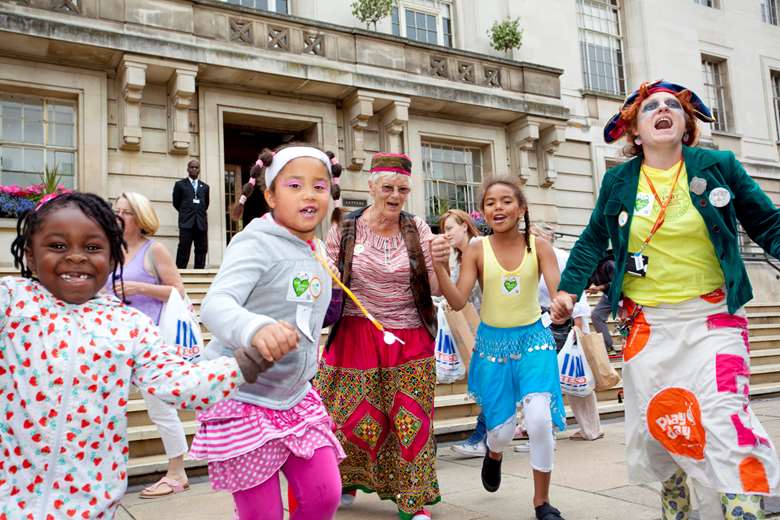A space to play
Gabriella Jozwiak
Monday, August 20, 2012
Play services were dealt a setback with the demise of the national play strategy. Gabriella Jozwiak joins one area that is celebrating play and the positive impact it can have on children, families and communities

Register now to continue reading
Thank you for visiting Children & Young People Now and making use of our archive of more than 60,000 expert features, topics hubs, case studies and policy updates. Why not register today and enjoy the following great benefits:
- Free access to 4 subscriber-only articles per month
- Unlimited access to news and opinion
- Email newsletter providing advice and guidance across the sector




